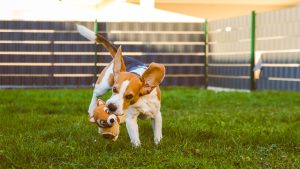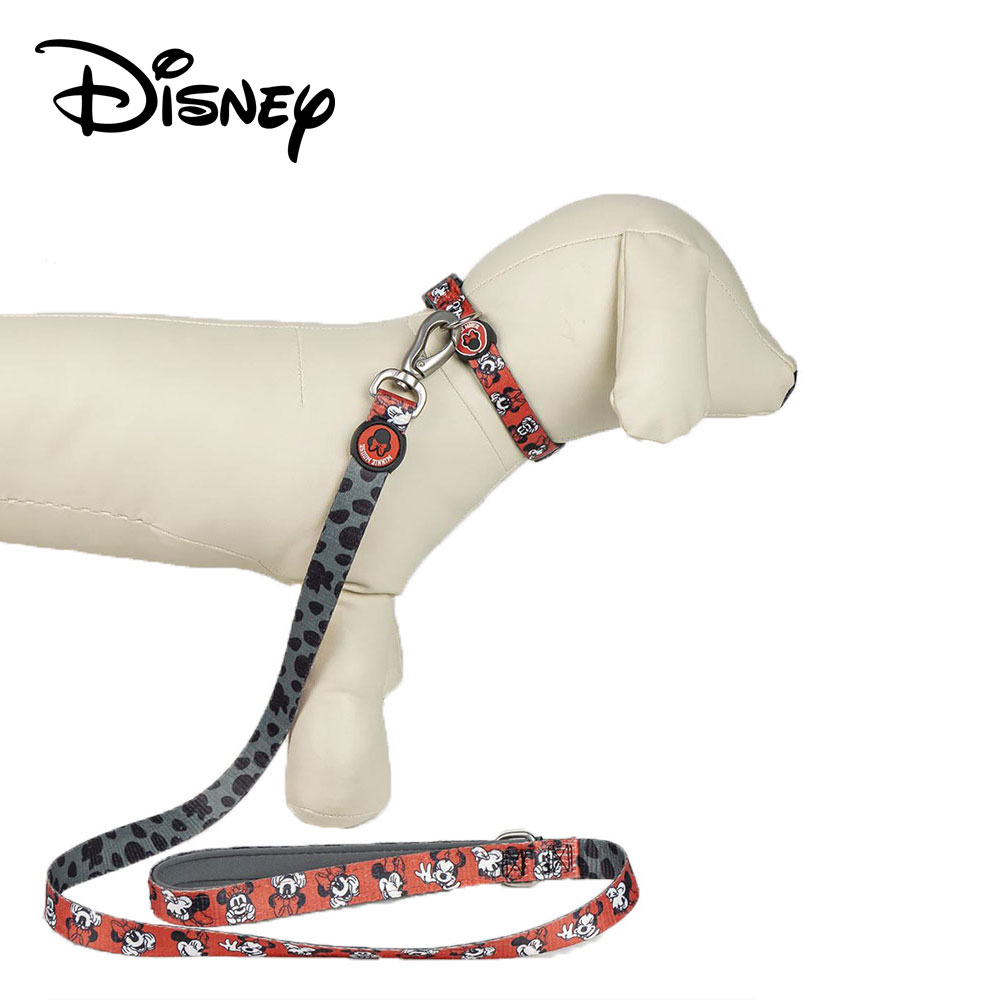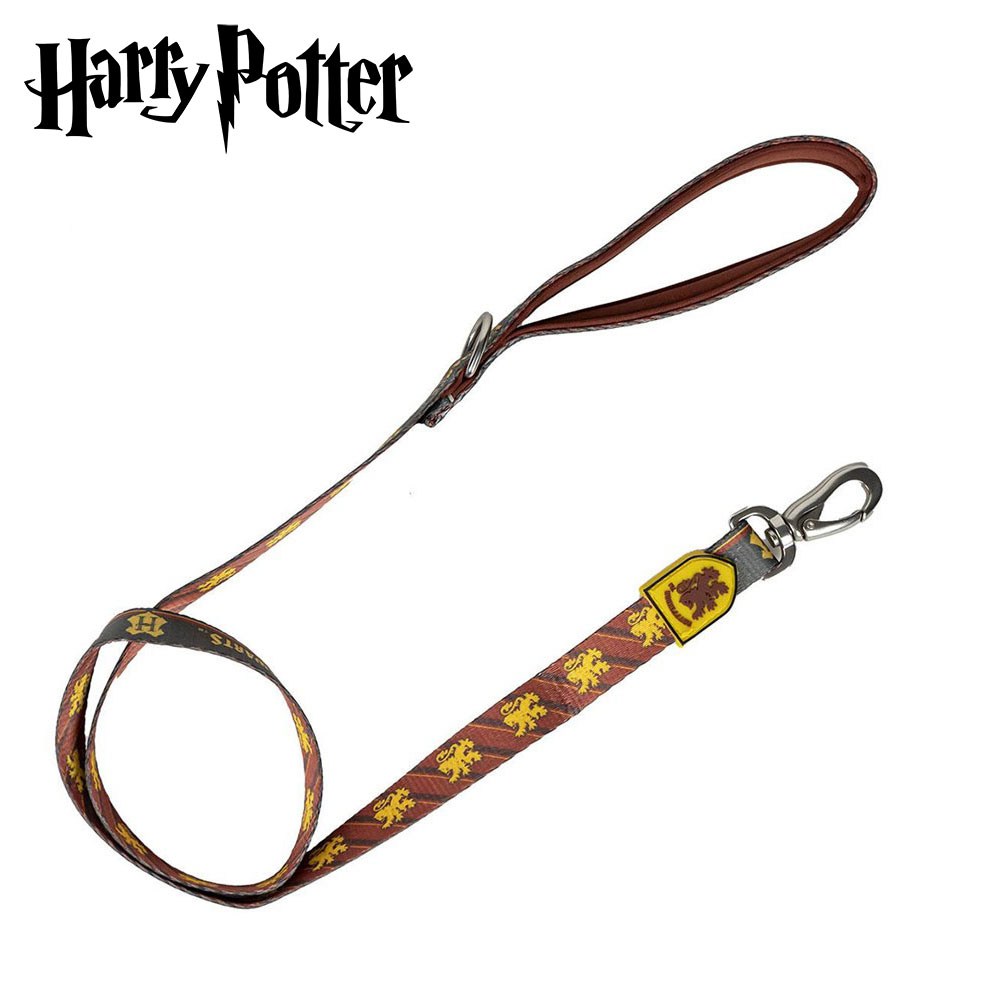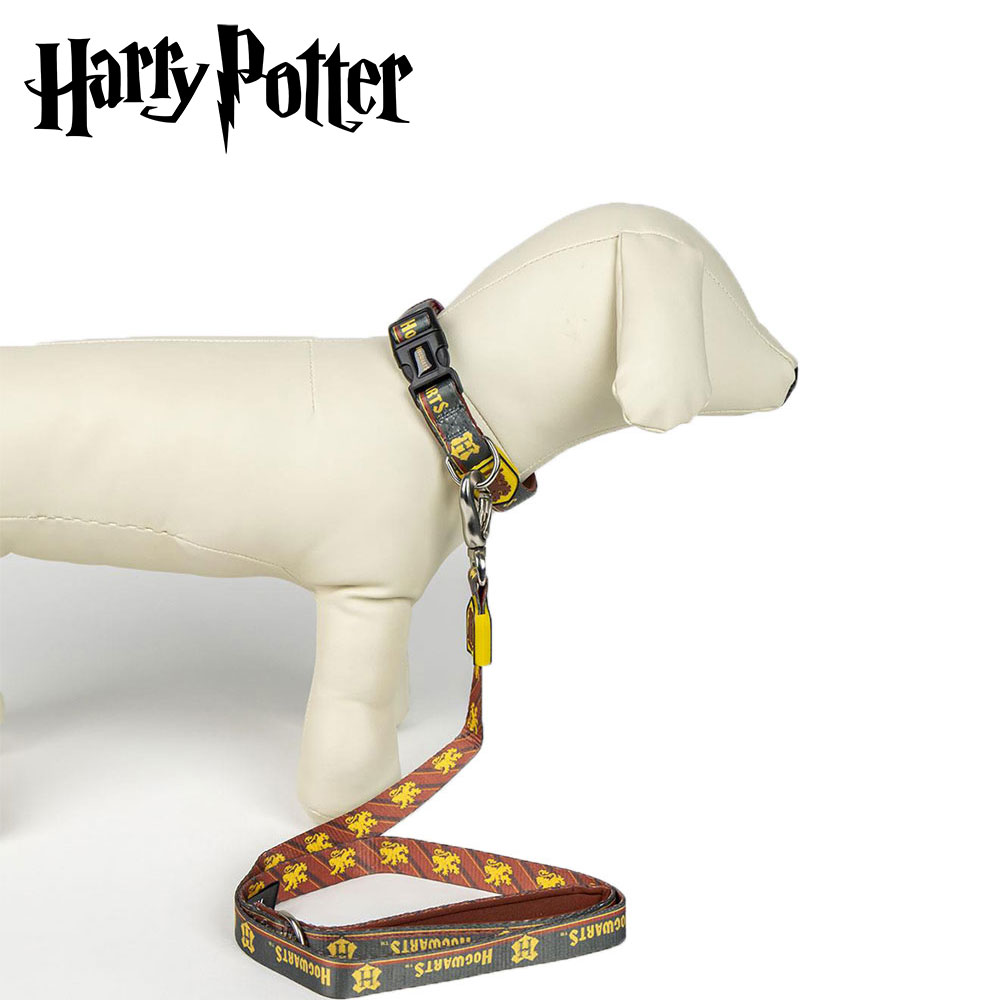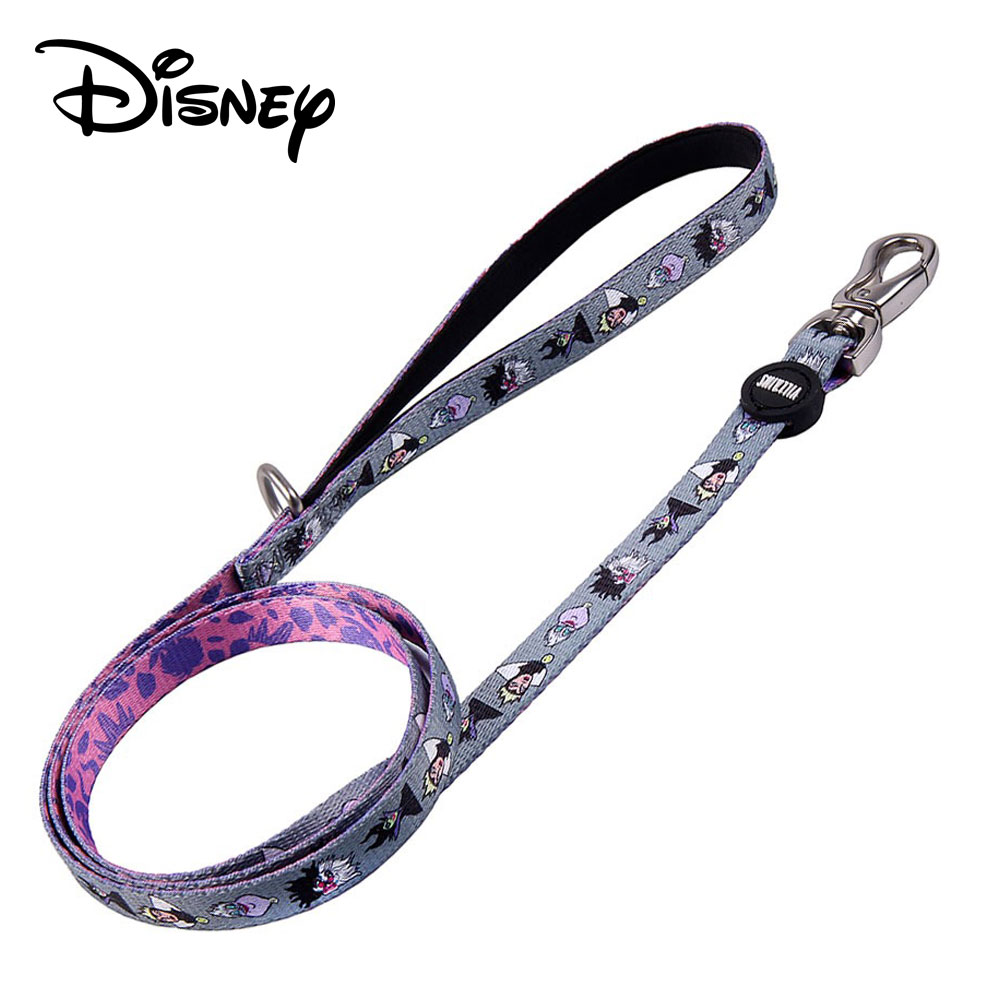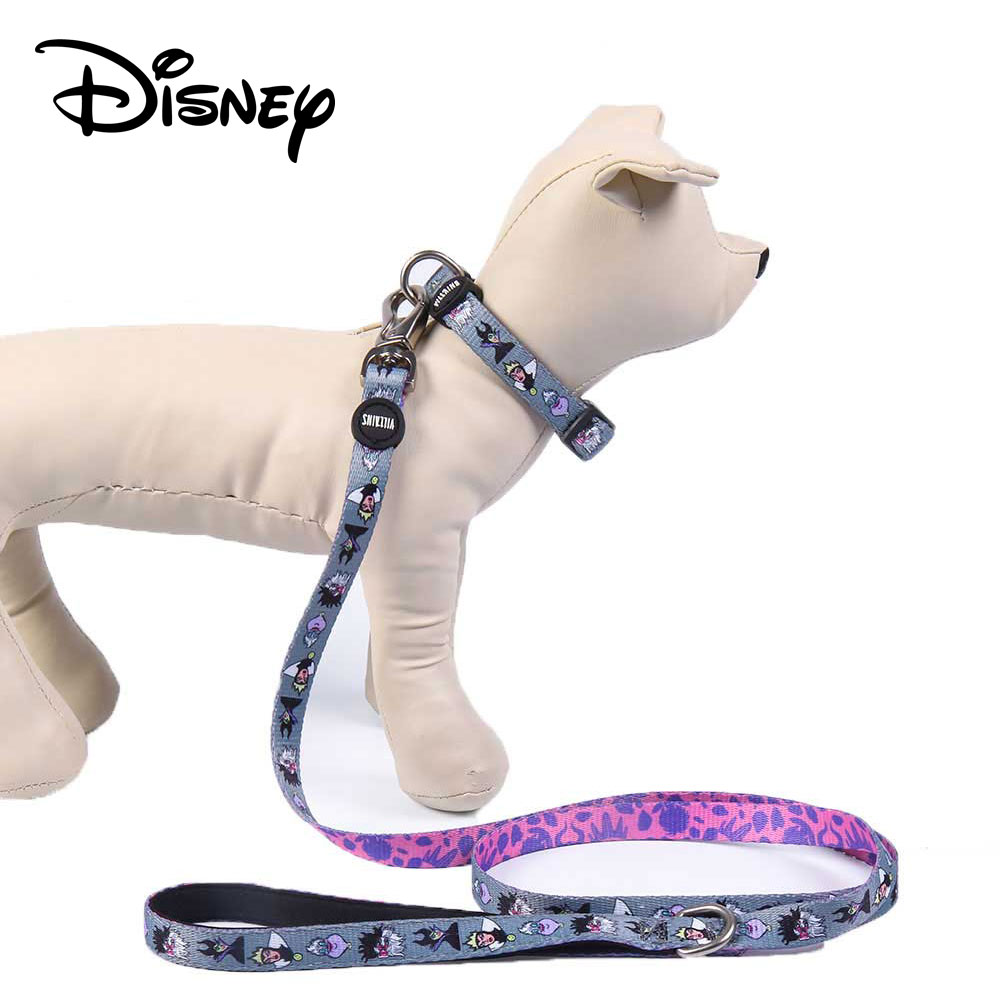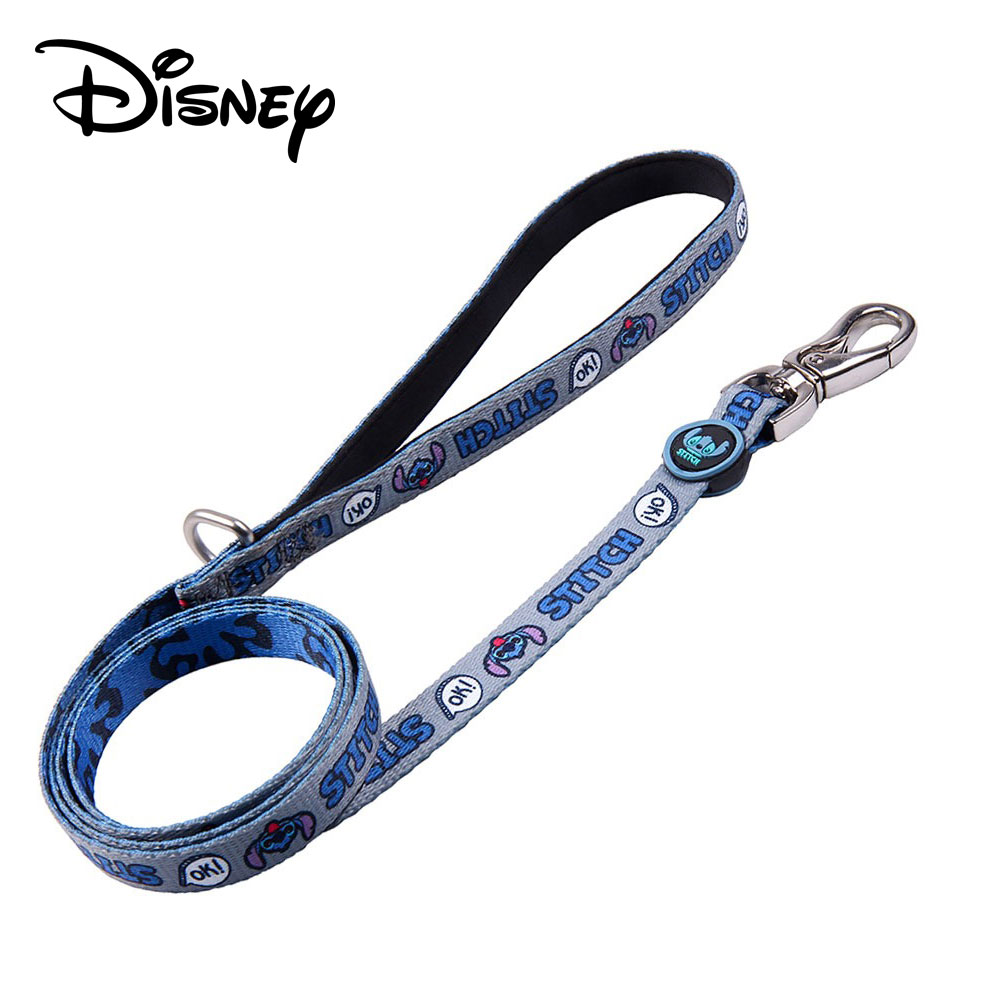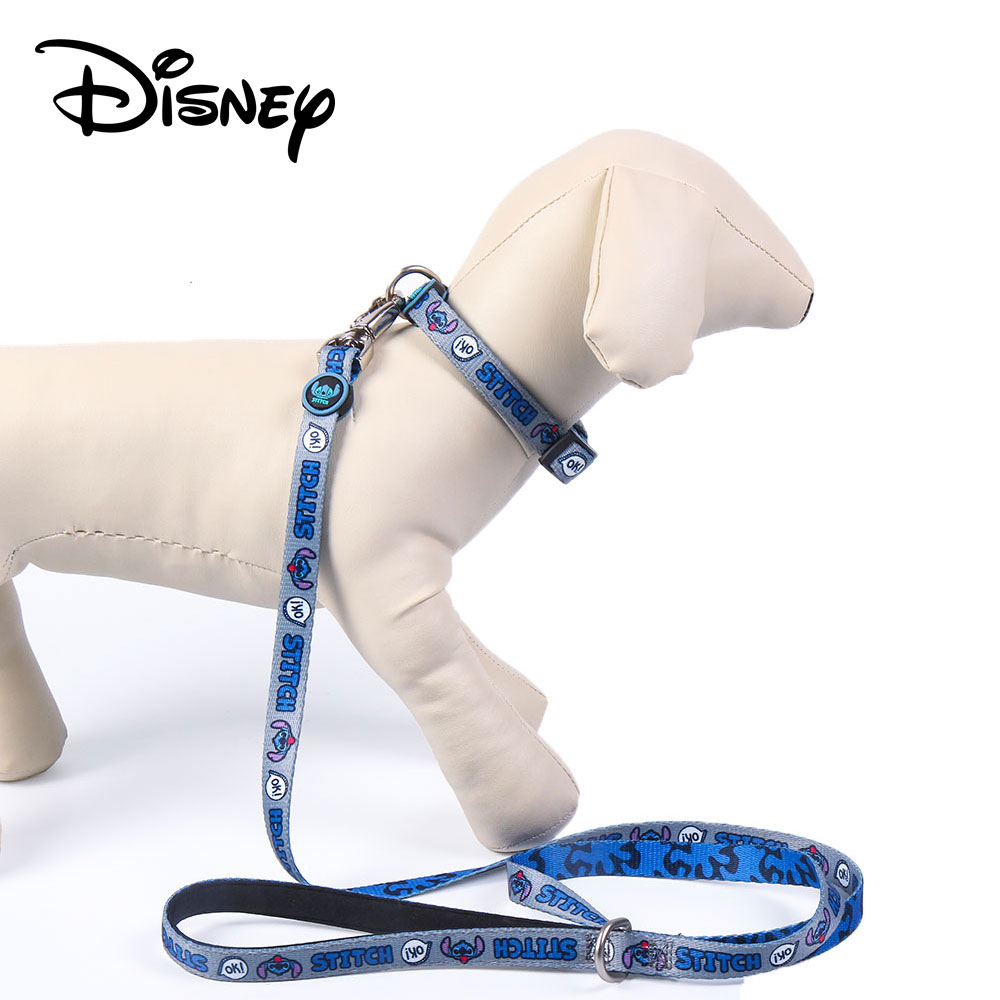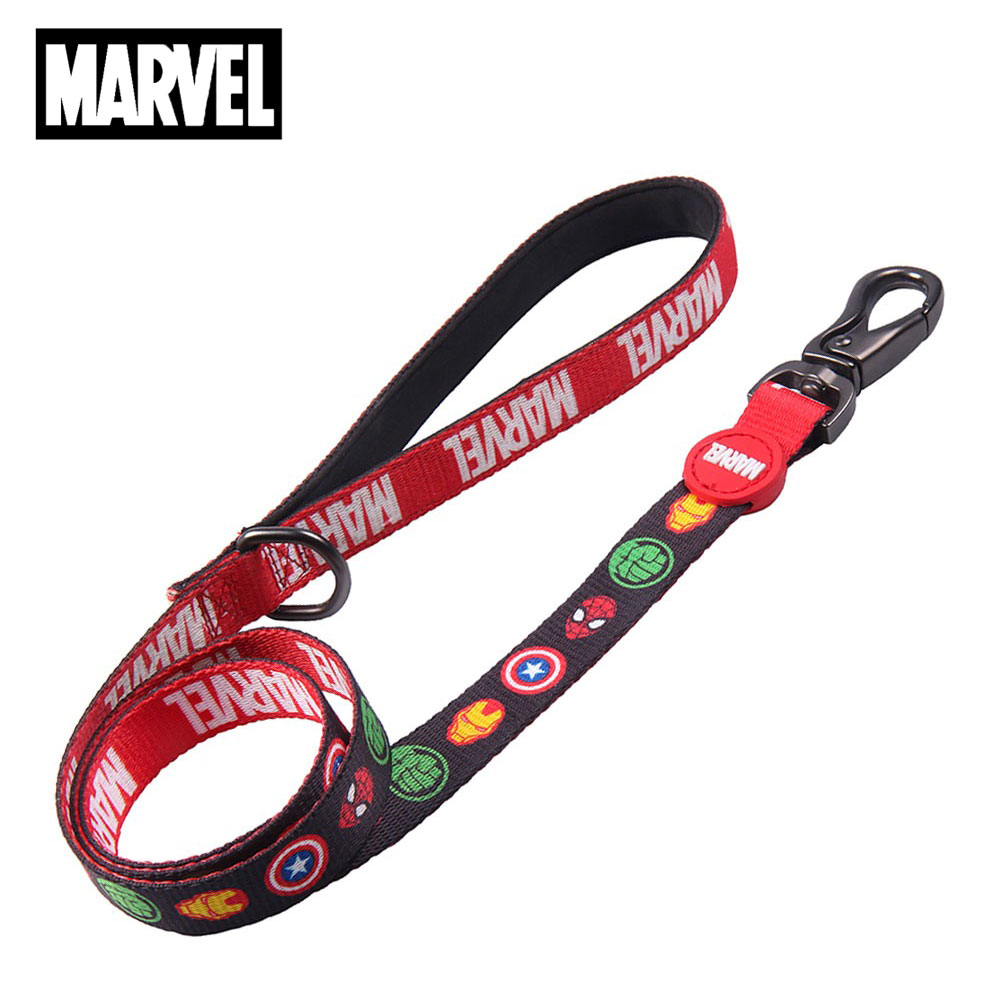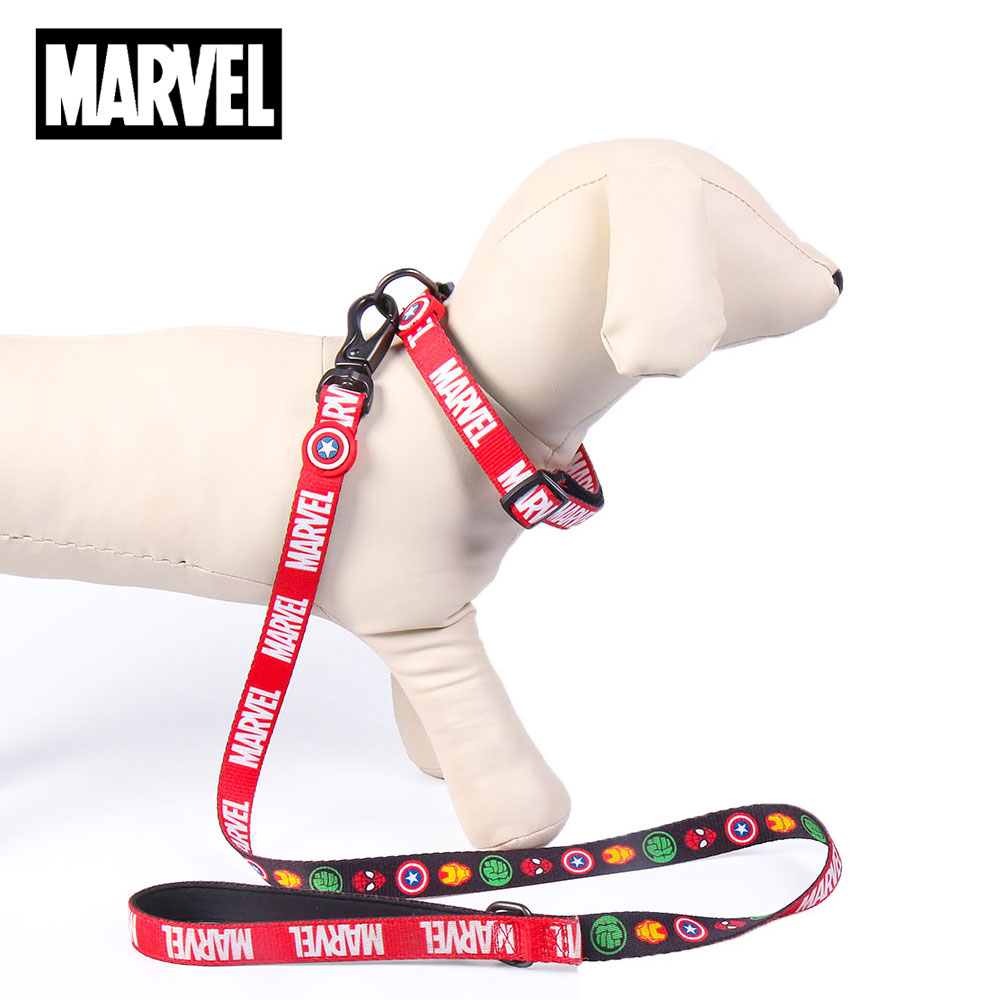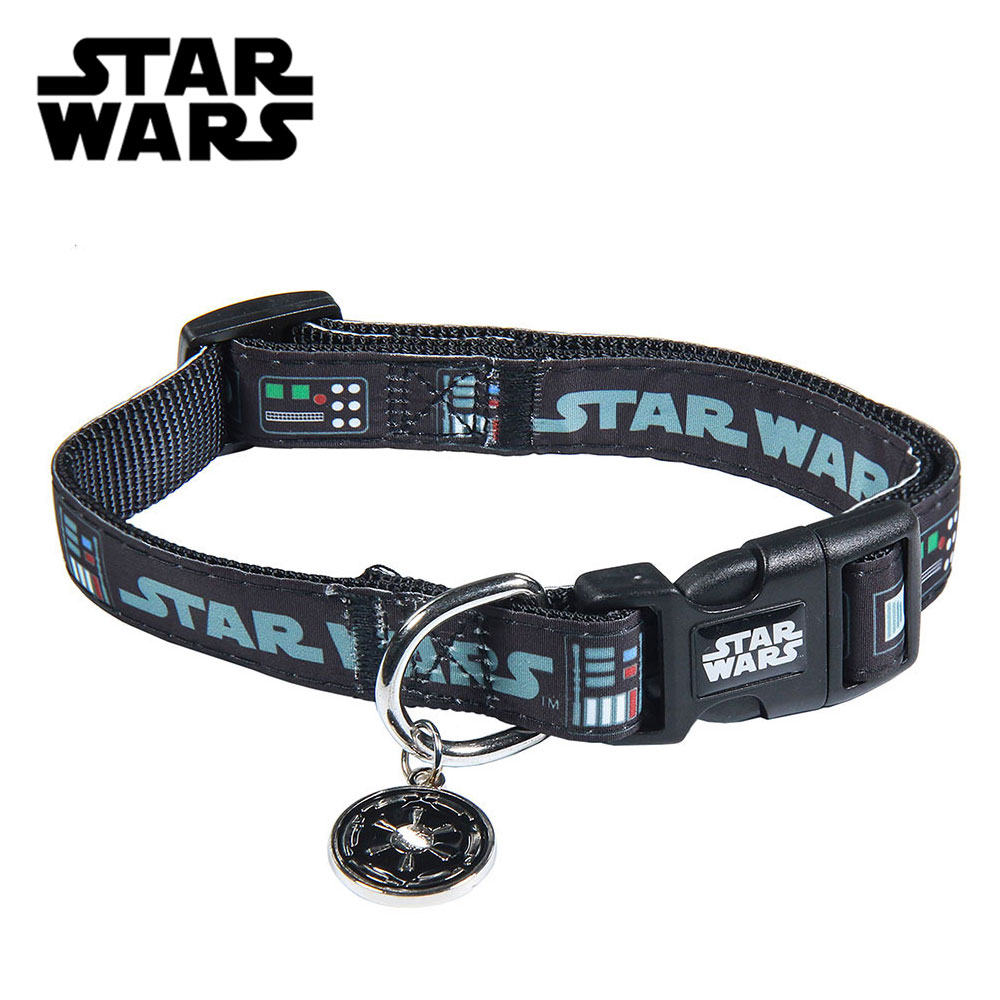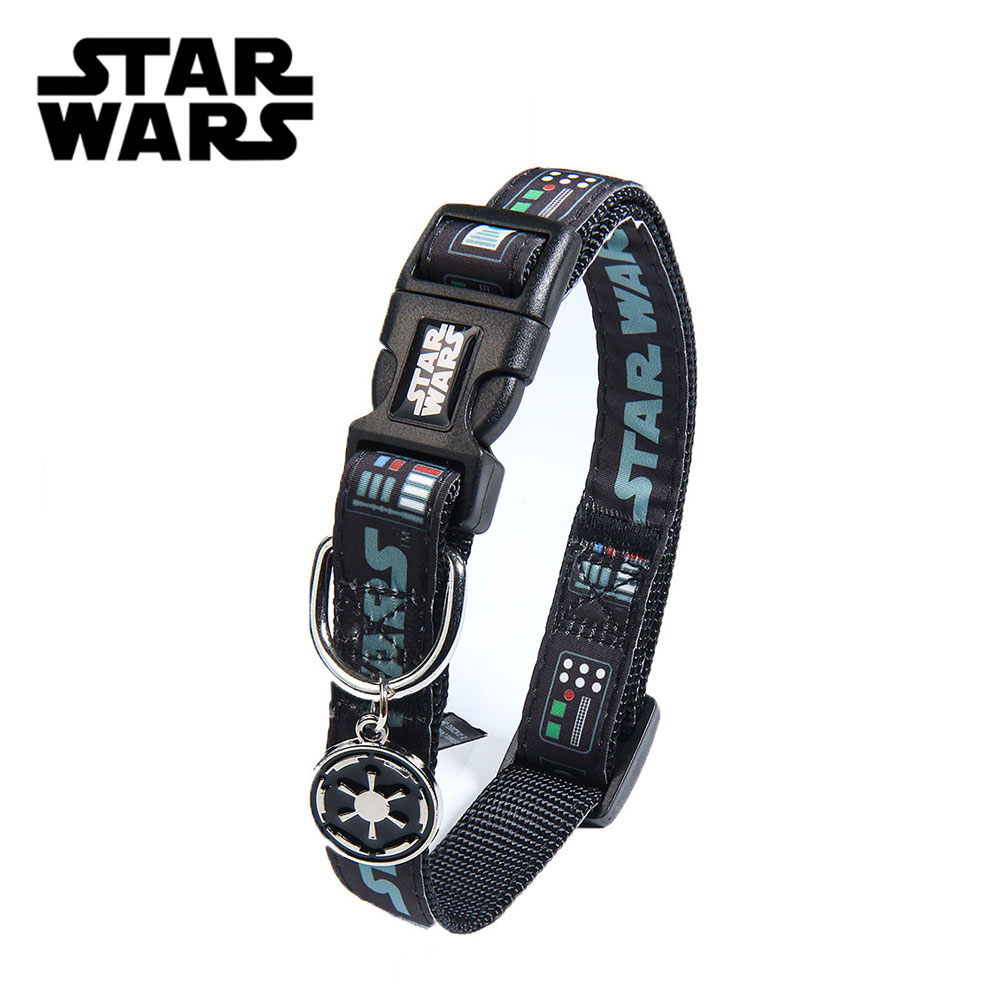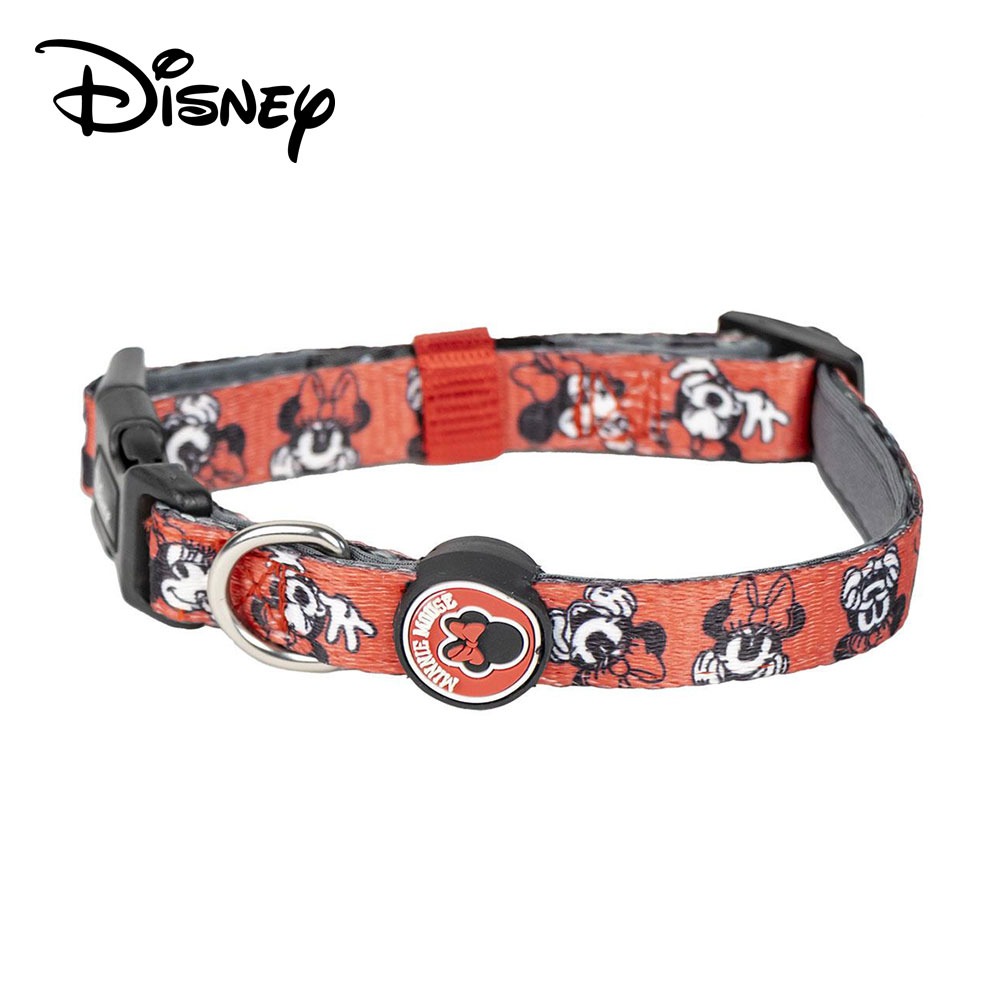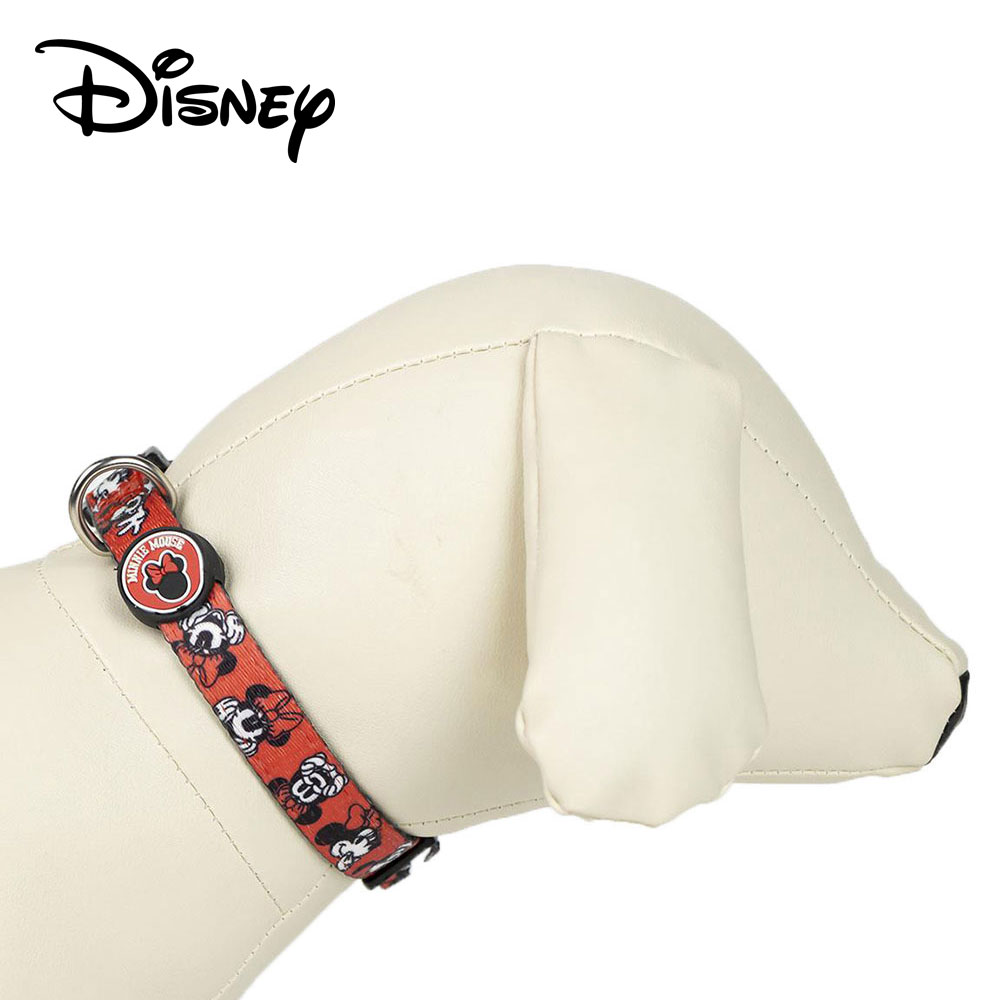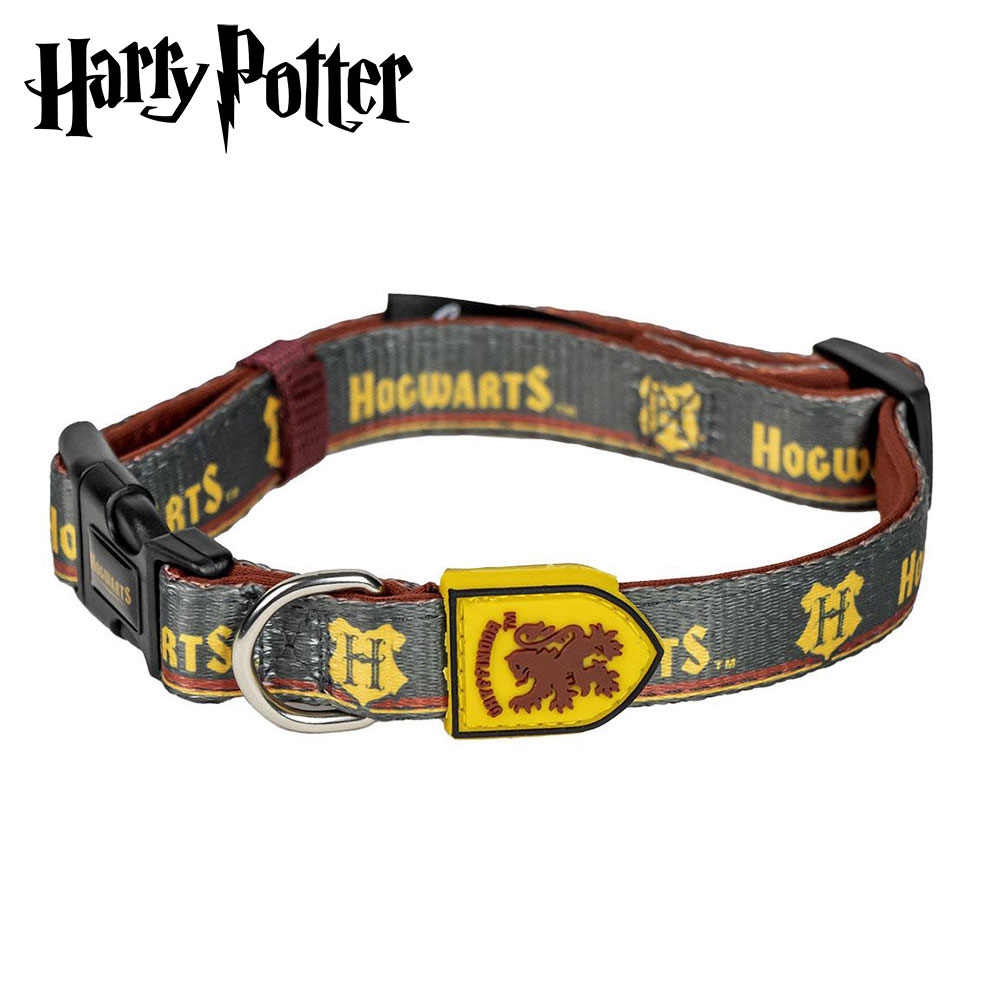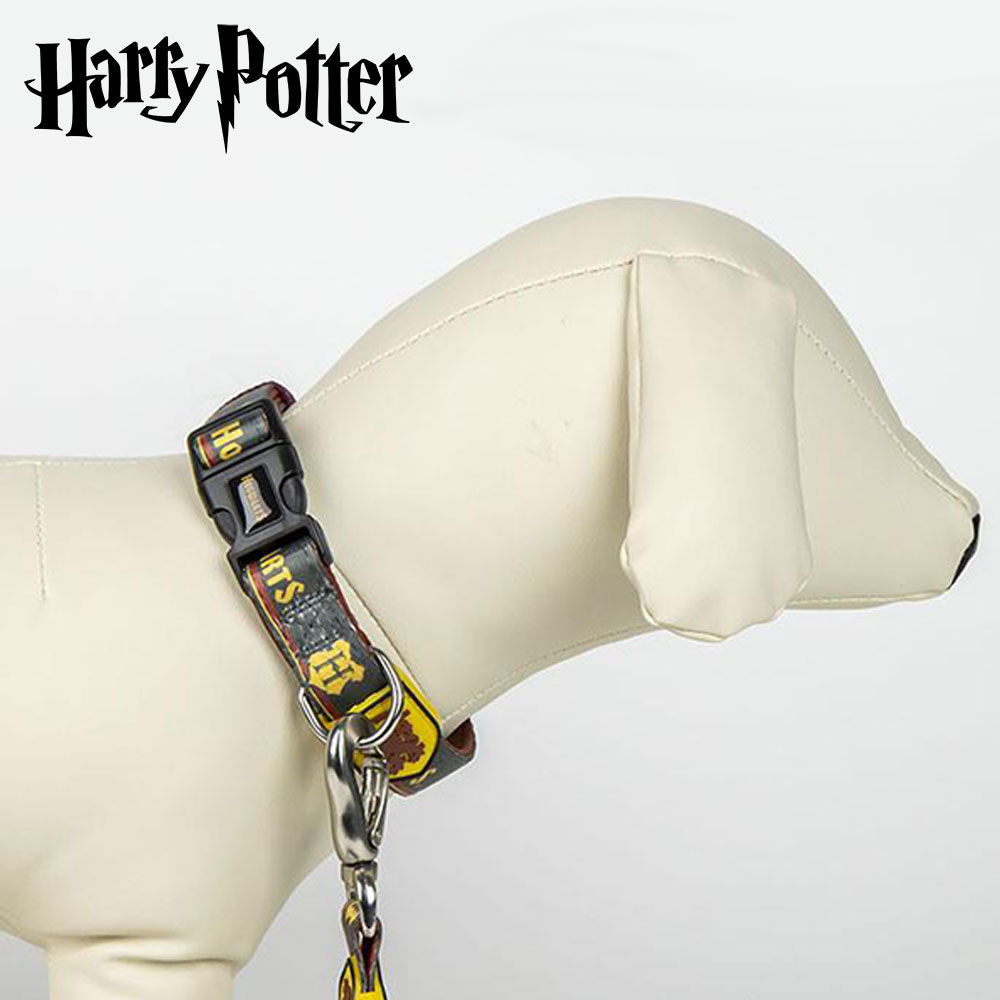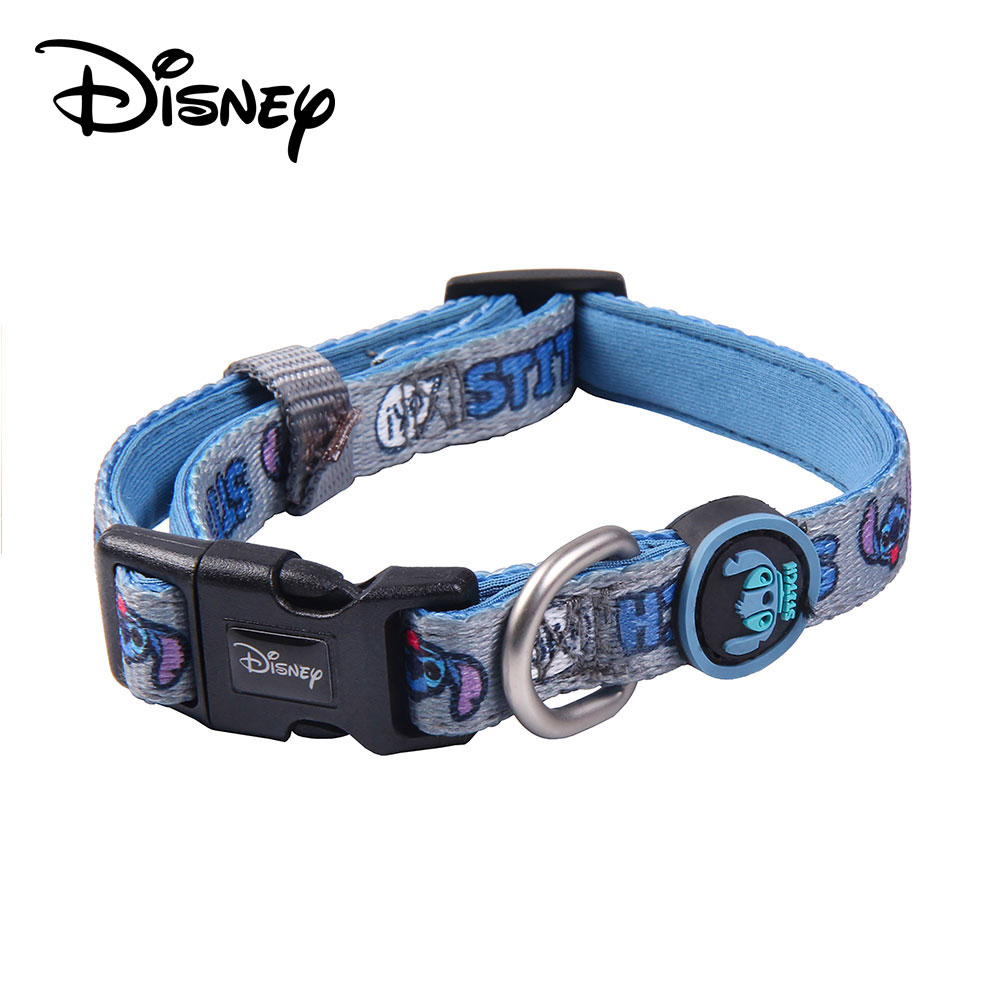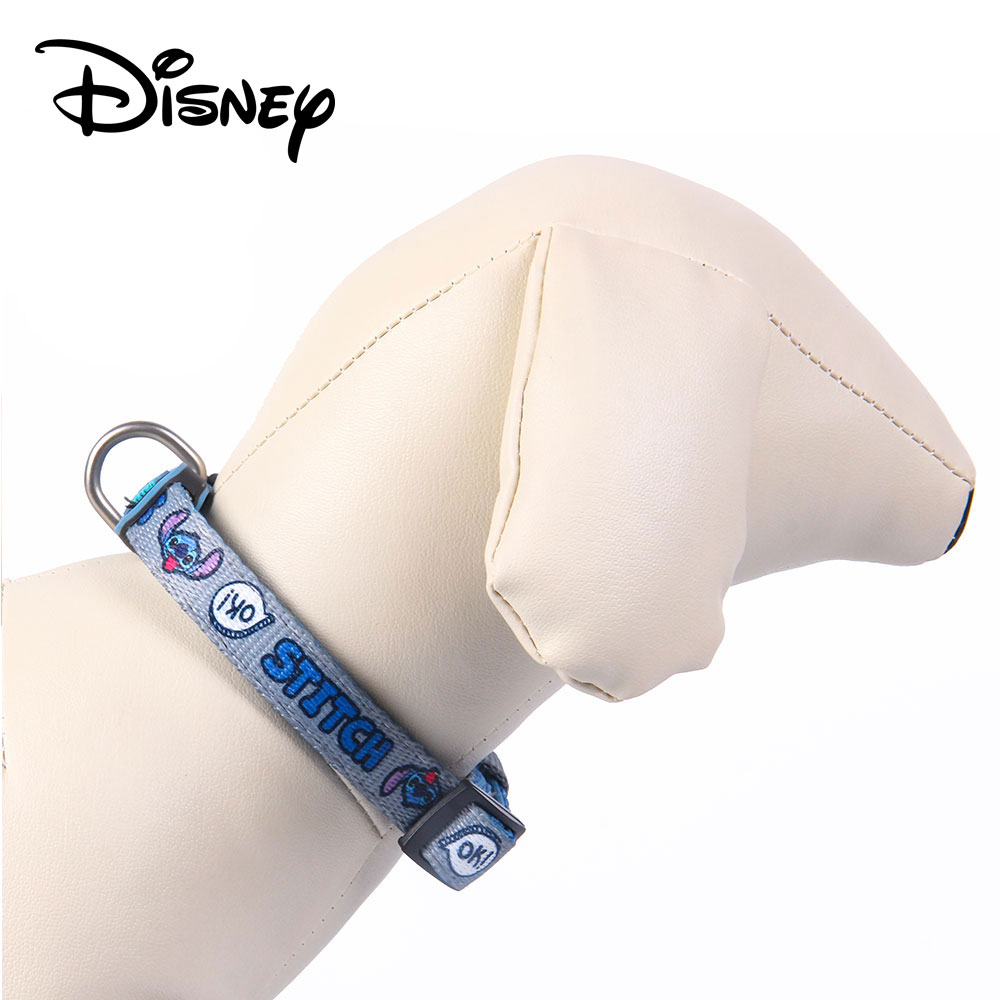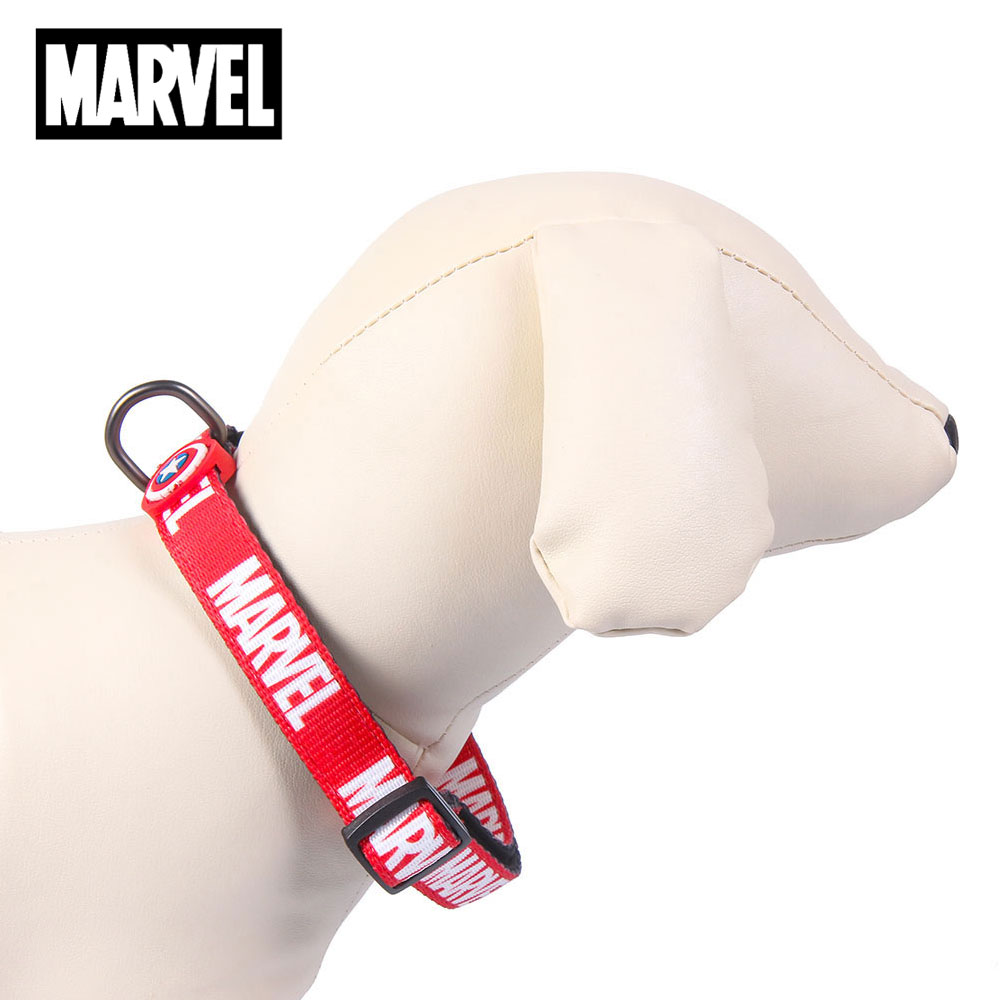Caring for senior dogs is one of the most rewarding parts of being a dog owner. Their needs shift as they age, physically, mentally, and emotionally. Small adjustments can make a big difference to their comfort and happiness.
At Bark Boutique, we know how important these years are, so this guide walks you through every aspect of caring for senior dogs, from nutrition and exercise to recognising health concerns early and giving them the best possible golden years.
When Is a Dog Considered Senior?
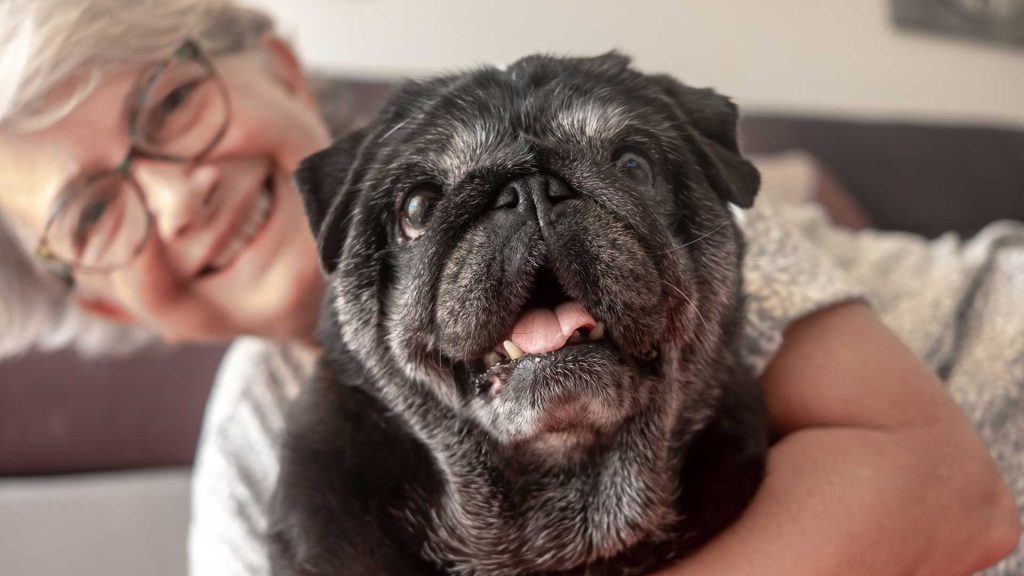
The age of when a dog is considered senior varies depending on their size, breed, and overall health. Understanding when your dog is entering their senior years helps you make timely changes to their care routine.
Typical life expectancy by breed size
Smaller dogs tend to live longer than their larger counterparts, so they enter their senior years later. A Chihuahua or Dachshund might not slow down until around 10 or 11, whereas a Labrador could be considered senior at 7 or 8, and giant breeds such as Great Danes can show signs of ageing as early as 5 or 6.
Physical and behavioural signs of ageing
You may notice your dog moving a little more slowly, taking longer to get up from a resting position, or sleeping more than usual. Other common signs include greying fur around the muzzle, cloudy eyes, and a more cautious approach to play or exercise. Some dogs may also become a little quieter or more clingy as they get older.
Senior Dog Health & Veterinary Care
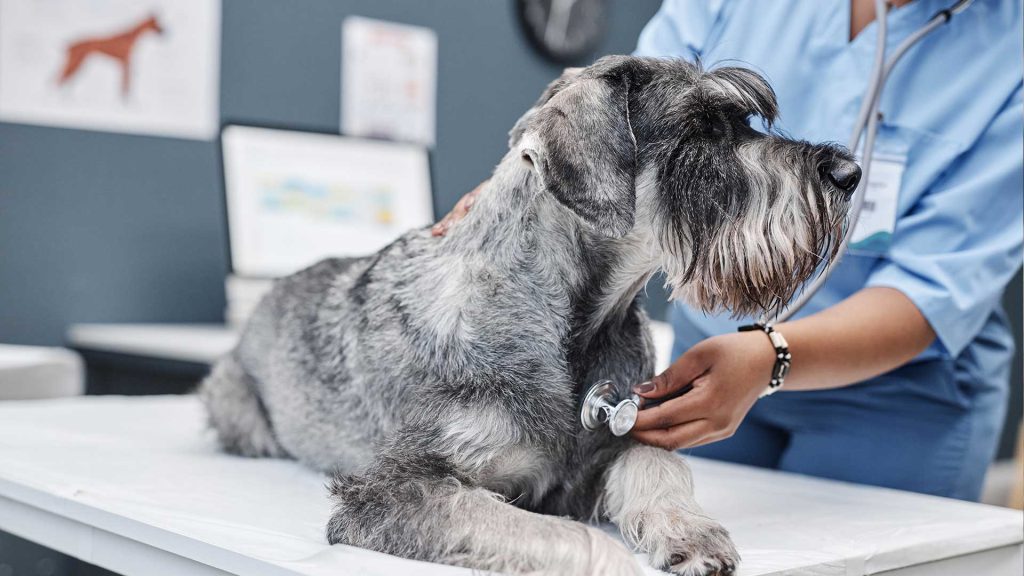
Senior dogs benefit from closer health monitoring. Twice-yearly check-ups, preventative care, and early intervention can help your dog live a longer, more comfortable life.
Why Regular Vet Visits Are Essential After Age 7 to 8 – As dogs reach their senior years, regular health checks become even more important. Twice yearly vet visits can catch problems early, from subtle weight changes to underlying conditions that might not yet be visible. Early detection allows for quicker treatment, which can significantly improve your dog’s quality of life and extend their healthy years.
Common Senior Health Problems – Ageing dogs are more likely to develop conditions such as arthritis, dental disease, and heart or kidney problems. Some may also experience cognitive decline, which can cause confusion or changes in behaviour. Keeping an eye out for early signs and acting quickly gives your dog the best chance of staying comfortable and active.
Recommended Screenings and Blood Tests – Your vet may suggest routine blood tests, urinalysis, or even X-rays to monitor organ health and detect changes early. These screenings can reveal issues such as liver disease, kidney trouble, or diabetes long before symptoms appear, allowing for preventative care rather than emergency treatment later.
Managing Medication and Supplements Safely – Many senior dogs need long term medication for conditions like arthritis or heart disease. Always follow your vet’s guidance on dosage and timing, and let them know about any supplements you are giving. This ensures there are no interactions between treatments and keeps your dog safe.
Staying on Top of Parasite Protection – Fleas, ticks, and worms can be harder on an older dog’s system, so keeping up with parasite prevention is crucial. Your vet can recommend the safest, most effective treatments based on your dog’s age and health status.
Nutrition & Diet for Senior Dogs
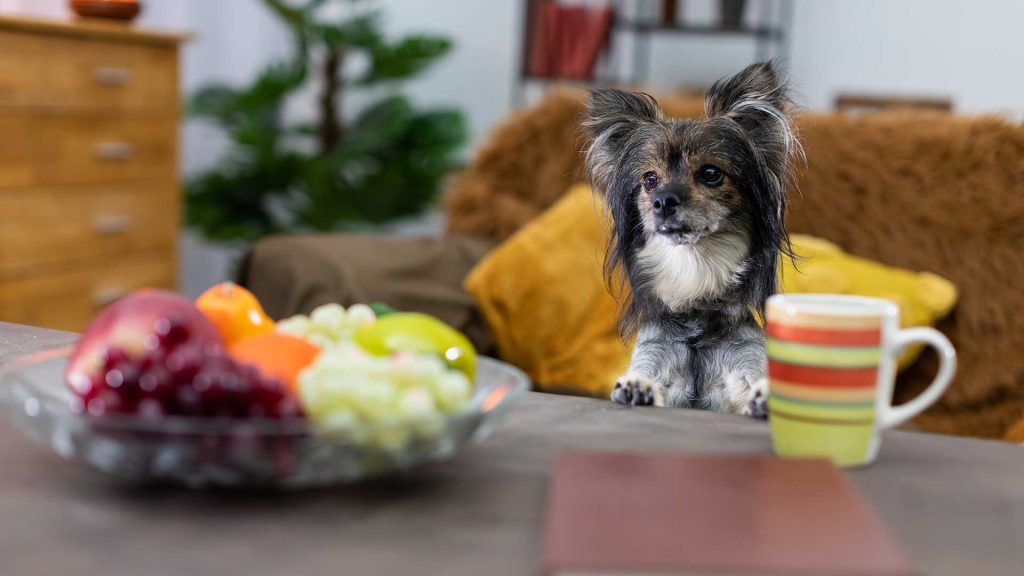
Diet plays a major role in supporting an older dog’s health. Whether they need fewer calories to prevent weight gain or extra protein to maintain muscle mass, the right food and supplements make a difference.
Choosing an Appropriate Senior Dog Food
Senior dogs usually need a diet with fewer calories but plenty of good quality protein. High fibre can also help with digestion and keep them feeling full.
Managing Weight Gain or Weight Loss
Keeping your dog at a healthy weight is crucial for their joints and overall health. Even a slight weight gain can cause discomfort, so speak with your vet about portion sizes if you notice changes.
For underweight dogs, calorie rich diets and smaller, frequent meals can help maintain muscle and condition.
Adding Joint Supplements
Joint supplements are one of the easiest ways to support ageing joints. Glucosamine and chondroitin work together to keep cartilage healthy, while omega-3 oils reduce inflammation and stiffness. Over time, this combination can make a noticeable difference to mobility.
Encouraging Picky Eaters and Accommodating Dental Issues
Dental problems and fussy appetites are common in older dogs. Try warming their food slightly to release smells, adding a splash of water or broth, or offering a softer texture to make mealtimes easier and more tempting.
Gentle Exercise & Mobility Support
Older dogs still need movement, it just needs to be low impact and consistent. Gentle exercise helps keep joints flexible, muscles strong, and minds active.
Best Senior Dog Friendly Activities
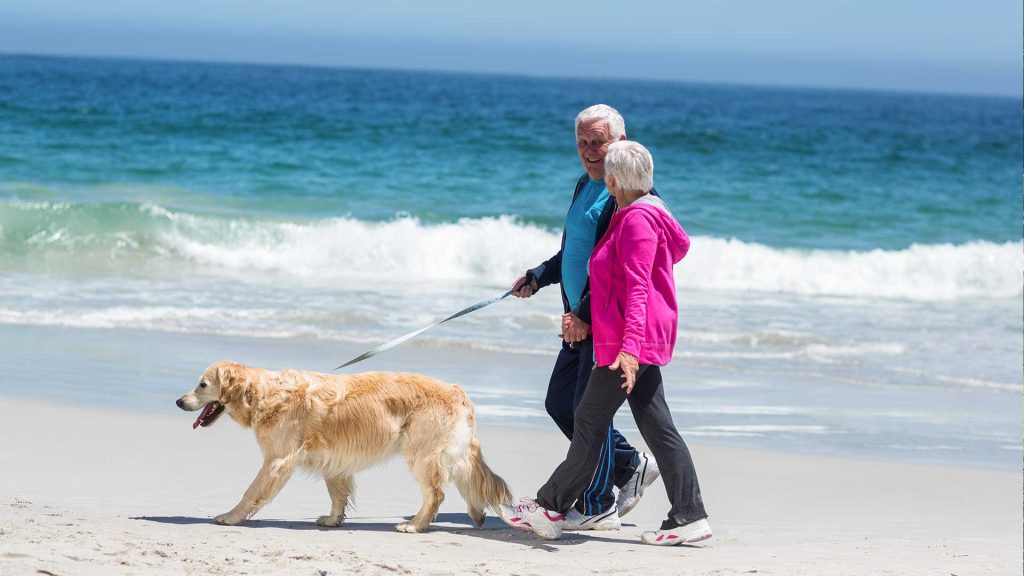
Older dogs still benefit from daily exercise, but it needs to be gentle and low impact. Short, regular walks are better than one long outing, and swimming is excellent for building strength without putting stress on the joints.
Play sessions can still be fun, just keep them calm and controlled.
Recognising When They’re Overexerted – Watch for signs that your dog has done too much. Heavy panting, lagging behind, or lying down mid walk are signals to slow down. Recovery time should be short, if they seem stiff or tired for hours after exercise, reduce the intensity next time.
Mobility Aids – Simple tools can make life much easier for an older dog. Ramps and steps help them get on the sofa or into the car without strain. Support harnesses can assist with stairs, and orthopaedic mats or rugs stop them slipping on smooth floors.
Making Your Home Senior Dog Friendly
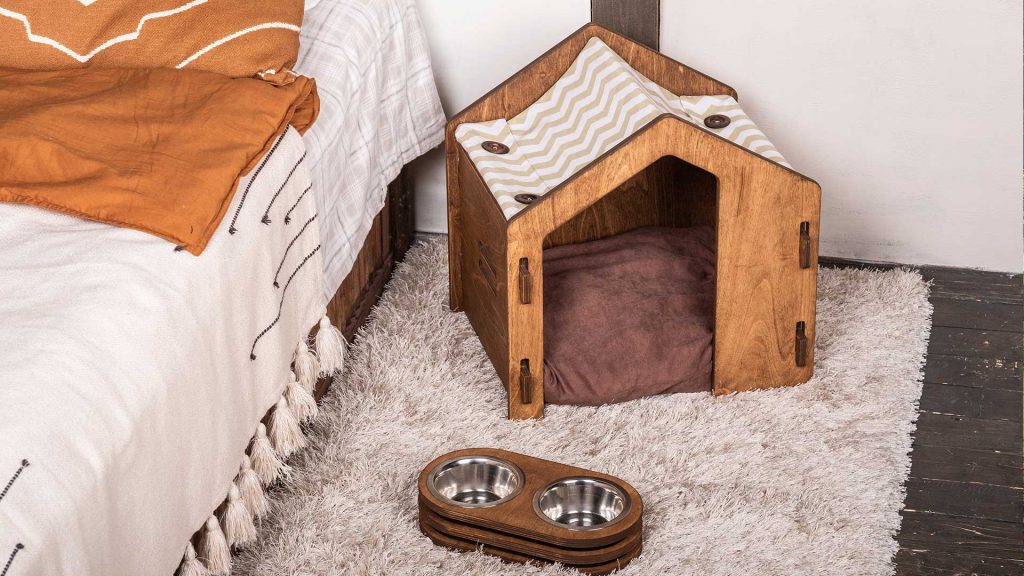
Simple changes at home can make daily life easier for an ageing dog. Reducing physical strain and making essentials easy to access will keep them comfortable and independent.
Keeping Them Warm in Winter
Older dogs can feel the cold more than younger ones, particularly if they have arthritis or a thinner coat. Make sure their bed is placed away from draughts and add extra blankets for warmth.
On chilly walks, a well fitted Dog Coat provides extra insulation and helps keep stiff joints from tightening up in the cold. Keeping them cosy indoors and outdoors will make a noticeable difference to their comfort through the colder months.
Orthopaedic or Memory Foam Beds to Relieve Pressure Points
A good bed can make a world of difference for an ageing dog. Orthopaedic or memory foam beds support their joints, reduce stiffness, and help them get better rest. Place the bed somewhere quiet but close enough that they still feel part of family life.
Rugs or Mats to Prevent Slipping on Hard Floors
Slippery floors can be tough for dogs with weaker muscles or arthritis. Adding rugs or non slip mats gives them traction and prevents accidents. This small change can make them much more confident about moving around the house.
Keeping Water Bowls on Every Level of the House
Older dogs can be less inclined to get up for a drink. By putting water bowls on each floor, you make it easier for them to stay hydrated throughout the day.
Mental Stimulation & Enrichment
- Mental exercise is just as important as physical exercise. Games, puzzles, and gentle training help slow cognitive decline and keep your dog happy and alert.
- Dog Lick Mats are a great way of keeping your dog’s brain active and turn mealtimes into a challenge. They also help slow down fast eaters, which is better for digestion.
- Nose work games, hiding treats around the house are a fantastic way to engage your dog’s natural instincts. Hide a few treats under cups or in different rooms and let them sniff them out — it’s mentally tiring in the best way.
- Revisiting basic training such as sit, stay, or paw keeps their mind sharp and gives them a sense of accomplishment. Introducing an easy new trick every now and then can be fun too.
- Gentle social interaction with people and dogs they know well helps keep them happy and confident. Keep greetings calm and positive to avoid stress.
- Interactive playtime with soft toys or slow-paced games keeps them engaged without overexerting them. Even a short game of tug or hide-and-seek can brighten their day.
Grooming & Hygiene for Senior Dogs
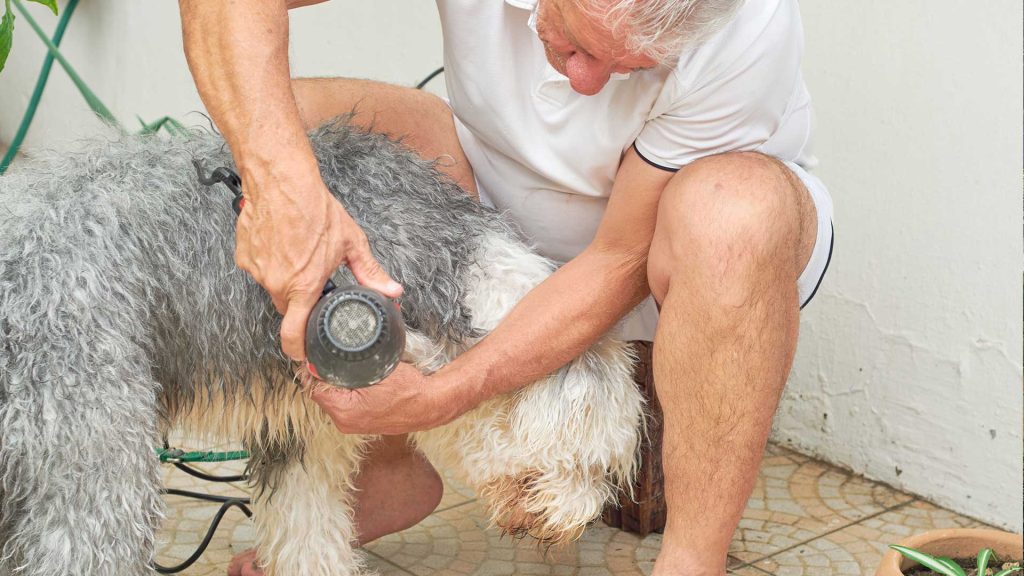
Older dogs may have thinner skin, duller coats, and more sensitive paws. A consistent grooming routine helps keep them clean, comfortable, and infection-free.
Keeping a Consistent Daily Routine – Older dogs often feel more settled when life is predictable. Try to keep feeding times, walks, and bedtime roughly the same each day, as it helps them feel secure and reduces stress.
Recognising Signs of Anxiety or Confusion – Some senior dogs experience anxiety or even canine cognitive dysfunction, which is similar to dementia. Signs can include pacing, restlessness at night, or seeming disoriented. If you notice changes in behaviour, speak with your vet; there may be ways to help.
Providing Quiet Resting Spaces and Plenty of Reassurance – Make sure your dog has somewhere calm to retreat to if they feel overwhelmed. A cosy bed in a quiet corner can be the perfect safe spot. Extra cuddles and gentle reassurance can go a long way in keeping them relaxed.
Supporting Emotional Wellbeing
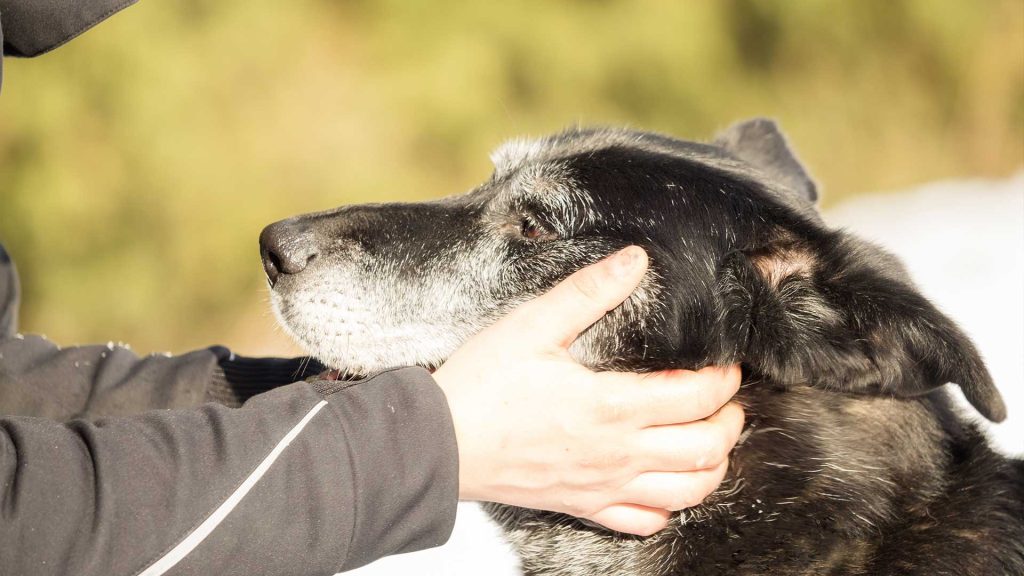
Ageing can bring changes in mood and behaviour. A calm, predictable routine and extra reassurance help your dog feel secure.
Keeping a Consistent Daily Routine
Routine can make a huge difference for senior dogs. Knowing when meals, walks, and rest time will happen helps them feel calm and secure.
Try to keep the timing of key parts of their day as predictable as possible, even small disruptions can leave older dogs unsettled. If you do need to change something, such as feeding time or walking route, introduce it gradually so they have time to adjust.
Recognising Signs of Anxiety or Confusion
Anxiety and confusion can appear as dogs get older, sometimes due to cognitive decline or changes in their senses. Signs include pacing at night, staring at walls, barking for no clear reason, or appearing lost in familiar surroundings.
You may also notice changes in sleep patterns, increased clinginess, or restlessness. If you spot these behaviours, a visit to the vet is a good idea, they can check for underlying health issues and suggest ways to ease your dog’s stress, such as calming supplements or gentle enrichment activities.
Quiet Resting Spaces and Plenty of Reassurance
Older dogs often appreciate having a safe place to retreat to when the house is busy. Choose a quiet corner, away from draughts and noise, and give them a supportive bed that is easy to get on and off. Keep the area accessible so they can come and go as they wish.
Along with a safe space, spending time offering calm affection, soft strokes, a gentle voice, and sitting near them can help them feel supported and secure.
Travelling with a Senior Dog
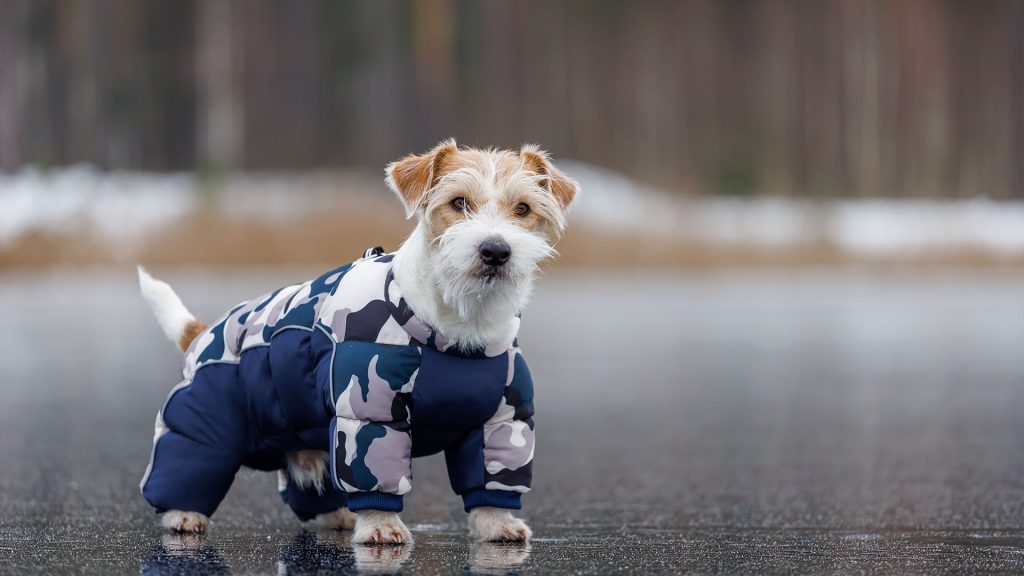
Travelling with an older dog can still be enjoyable if you plan ahead. The goal is to keep them comfortable and reduce stress on the journey.
- Ramps or steps for car access take the strain off your dog’s joints and make getting in and out of the car safer. Portable ramps are especially useful if you travel often or have a taller vehicle.
- Bringing familiar bedding or blankets helps your dog feel secure. The familiar scent can reduce anxiety and encourage them to settle during the journey or in a new place.
- Scheduling regular breaks is essential on longer trips. Give your dog time to stretch, have a drink, and go to the toilet every couple of hours to keep them comfortable.
- Senior friendly travel gear such as crash tested harnesses, carriers, or seat covers keeps your dog safe and supported.
- Choosing accommodation with easy outdoor access makes toilet breaks simpler, especially for dogs with limited mobility or who need to go out more frequently.
Recognising Pain & When to Seek Help
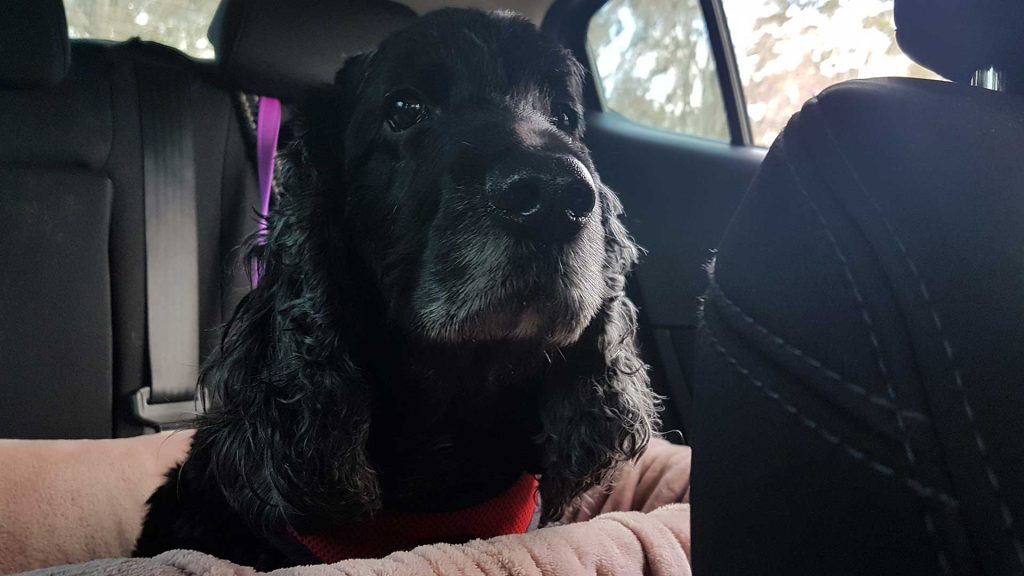
Dogs often hide pain, so subtle changes in behaviour are important clues. Paying attention can help you catch problems before they get worse.
Reluctance to Jump, Slow Rising, Licking or Chewing Joints
Difficulty with everyday movements is one of the clearest signals of pain in senior dogs.
If they hesitate before jumping, take longer to get up after lying down, or spend time licking and chewing at their joints, it can point to arthritis or joint discomfort. These behaviours may develop gradually, but once you notice them, it is worth seeking veterinary advice to keep your dog comfortable.
Changes in Appetite or Sleep Patterns
Shifts in daily habits are often overlooked but can be strong indicators of discomfort. A dog that suddenly loses interest in food, drinks excessively, or starts sleeping much more than usual could be signalling that something is wrong.
Sometimes the opposite happens, restlessness at night or pacing can also be linked to pain or anxiety. These changes are not always dramatic, which is why paying attention to small details matters.
When to Call the Vet Urgently
Certain symptoms should be treated as red flags. If your dog experiences sudden lameness, collapse, extreme lethargy, or shows signs of struggling to breathe, do not wait to see if it passes. Immediate veterinary care is essential, and quick action can make the difference between recovery and a more serious outcome.
End of Life Care & Quality of Life
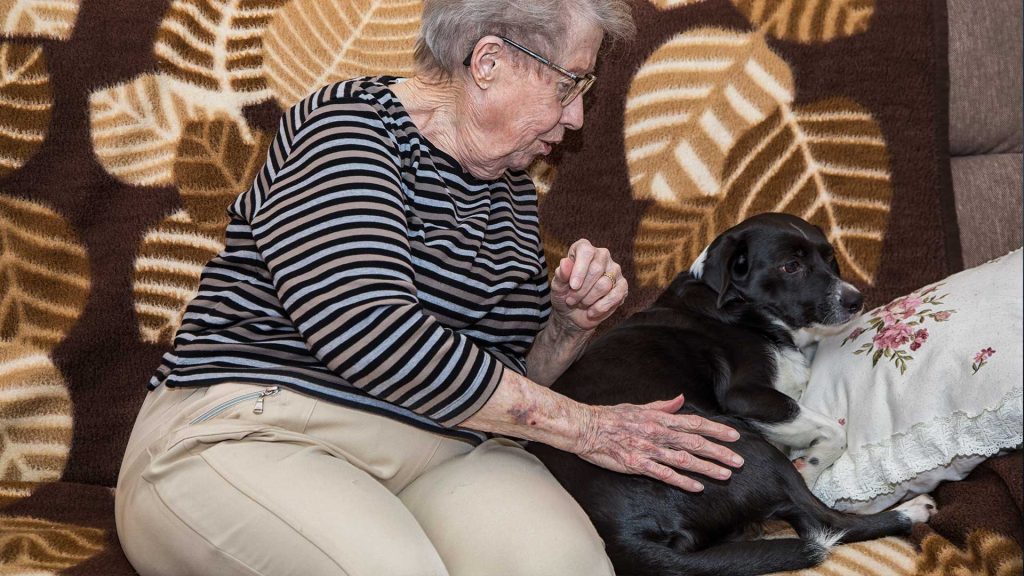
The hardest part of caring for senior dogs is knowing when it’s time to say goodbye.
Assessing Quality of Life
It can be difficult to know when a dog’s quality of life is beginning to decline. Vets often recommend looking at a combination of factors, how easily your dog moves around, whether they are still interested in food, and if they seem content in their daily routine.
Some families find it helpful to keep a journal, noting good and bad days, to see patterns more clearly.
Pain Management Options
Modern veterinary medicine offers a range of options to keep dogs comfortable, from anti-inflammatory medication to acupuncture or physiotherapy.
In many cases, a tailored pain management plan can make the difference between struggle and ease, allowing your dog to continue enjoying life despite illness or ageing.
Creating a Calm, Safe Space for Rest
As dogs grow older, they often prefer a quiet place where they can sleep without being disturbed. A supportive bed in a warm, peaceful corner can help them relax and feel secure. Keep their essentials, food, water, and toys nearby so they do not have to go far.
Palliative Care and Hospice Support
When treatment is no longer effective, palliative care focuses on comfort and dignity.
This may involve regular vet visits, pain relief, and adjustments at home to reduce stress. Some areas also offer hospice services, giving families professional guidance during the final stages of a dog’s life.
Emotional Support for Owners and Family
Watching a beloved dog grow frail is never easy. It can be draining both emotionally and physically, so it is important for owners to seek support from friends, family, or even pet loss counsellors. Talking openly about feelings of sadness and guilt helps make the process less overwhelming.
Memorial Ideas to Honour Their Life
Honouring your dog’s memory can be a comforting step after loss. Some people choose keepsakes like paw print impressions, framed photos, or memory boxes. Others plant a tree or create a special spot in the garden as a tribute. Finding a personal way to remember your dog helps their spirit remain part of your family.
Best Products for Senior Dogs
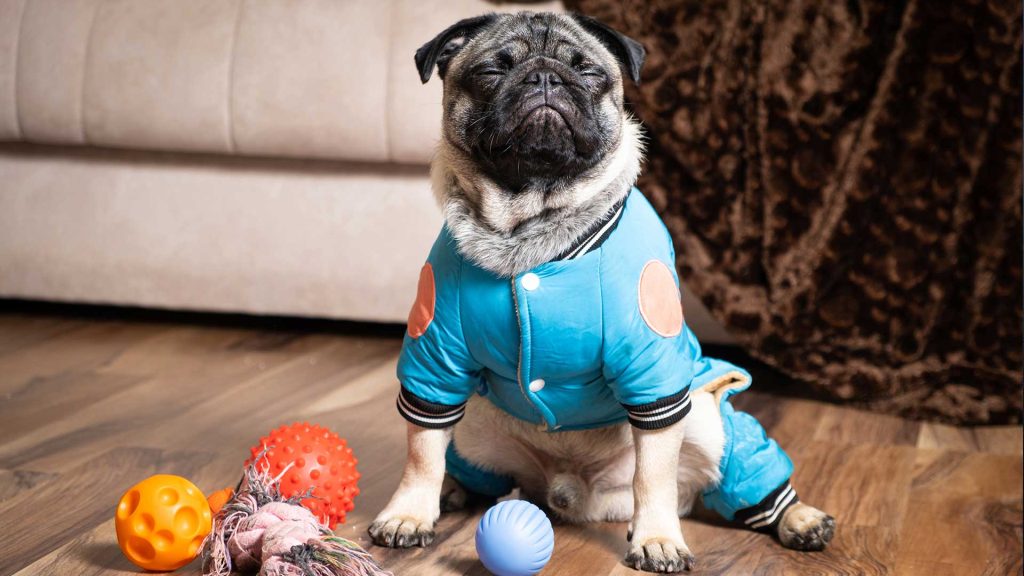
The right products make a big difference to your dog’s comfort and independence. Consider these upgrades to improve daily life:
- Orthopaedic or heated beds provide relief for stiff joints and help older dogs rest more comfortably. Heated options can also soothe arthritis and ease morning stiffness.
- Support harnesses and car ramps make everyday tasks easier. A well fitted Dog Harness can help you assist your dog up stairs, while ramps remove the strain of jumping in and out of the car.
- Non slip rugs or paw grips are simple solutions that stop slipping on hard floors. They give senior dogs more confidence to move around without fear of falling.
- Raised food and water bowls reduce strain on the neck and shoulders. This small adjustment can make mealtimes more comfortable, especially for larger breeds.
- Dog Toys keep playtime enjoyable without overexertion. Look for soft chews or puzzle toys that stimulate the mind while being easy on teeth.
- Supplements for joints, coat health, and digestion are widely recommended for senior dogs. Options such as glucosamine, omega-3 fatty acids, and probiotics can support mobility, skin condition, and gut balance.
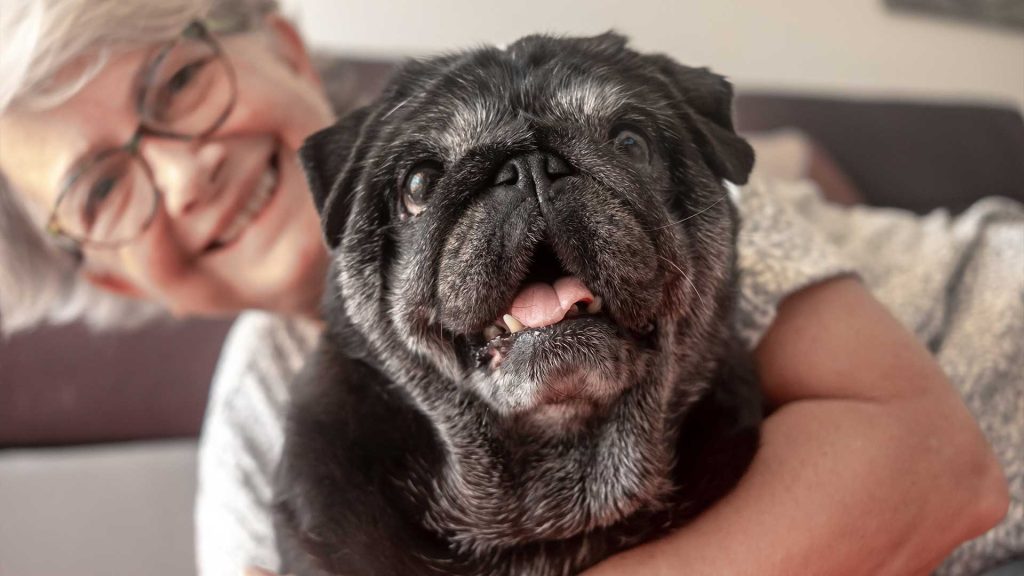
Caring for senior dogs is about giving back all the love and loyalty they have shown over the years. Their needs may change, from the food they eat to the way they exercise and even how they find comfort at home, but with a little extra attention, you can make sure their later years are filled with health, security, and happiness.
By focusing on regular vet care, good nutrition, gentle activity, and plenty of emotional support, you are helping your dog enjoy life to the fullest for as long as possible. Small adjustments, such as a supportive bed or raised food bowl, can make daily living easier, while consistent routines and reassurance keep them feeling safe and loved.
Above all, remember that the bond you share only grows stronger with time. These years are a chance to slow down, savour the moments, and make lasting memories together. With the right care, senior dogs can continue to bring joy and companionship every single day.




